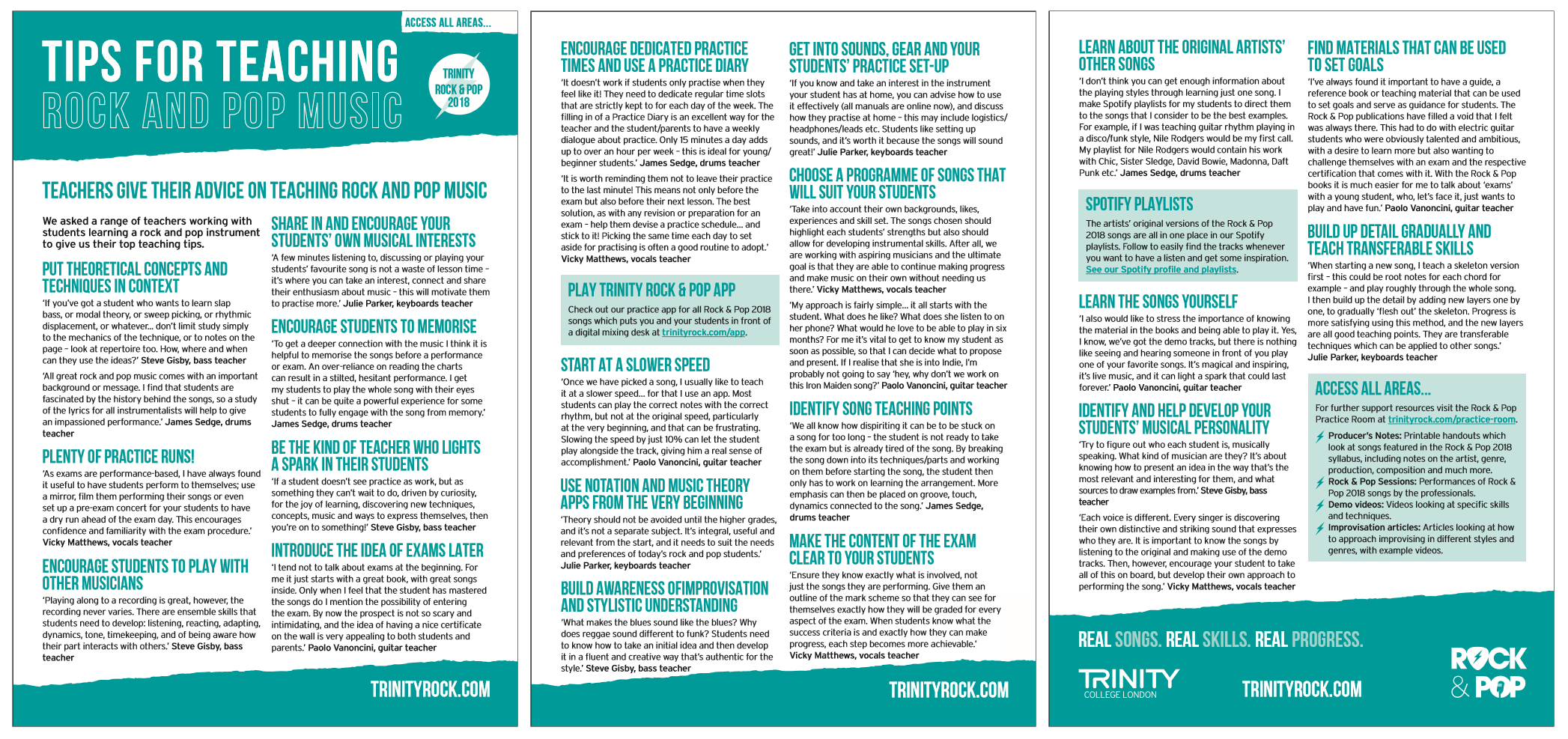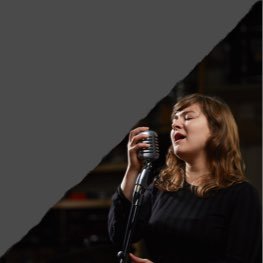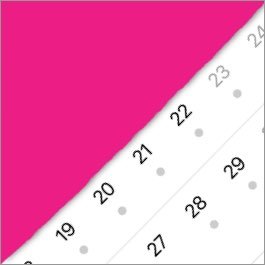MY TOP TIPS FOR TEACHING ROCK AND POP MUSIC: PAOLO VANONCINI
I’m originally from Bergamo, in Northern Italy. I started playing and studying the guitar in my early teens, working on both classical and electric. After high school I moved to Boston, and attended Berklee College of Music, graduating Summa Cum Laude in 1998. While in Boston I also had the chance to work and play alongside great musicians like T-Bone Walk, Natalie Jackson, Alex Machacek, Nicolas Meier and Antonio Sanchez. After graduating I moved to London, where I started teaching guitar and bass at Downe House School in Berkshire. Over the past 15 years I’ve been teaching for the London Borough of Haringey, as well as privately.
Start with the student
My approach is fairly simple…it all starts with the student. What does he like? What does she listen to on her phone? What would he love to be able to play in six months? Has she ever been to a live concert? If yes, who was playing, what did she think? For me it’s vital to get to know my student as soon as possible, so that I can decide what to propose and present. If I realize that she is into Indie, I’m probably not going to say “hey, why don’t we work on this Iron Maiden song?”. I mean, it could work, she may love it, but that could also backfire…
Find materials that can be used to set goals
Throughout the past two decades I’ve always been refining my teaching techniques, and I’m continually trying to improve and learn, so that my lessons can be interesting, valuable and inspiring for my students, but also for myself. I’ve always found it important to have a guide, a reference book or teaching material that can be used to set goals and serve as guidance for students.
The Rock & Pop publications have filled a void that I felt was always there. This had to do with electric guitar students who were obviously talented and ambitious, with a desire to learn more but also wanting to challenge themselves with an exam and the respective certification that comes with it. Working in a school, I always knew how difficult it was for a rock/pop student to have pieces accepted and properly graded for GCSE/ A Level exams…compare that to a classical student, where it was extremely easy to have almost any piece properly graded and accepted. Also, talking a lot with parents, I was constantly asked about exams and grades for their children. Again, an extremely easy question to answer for a classical student, but a bit more complicated for a kid that had been studying and playing blues, pop, rock or metal. With the Rock & Pop publications it is much easier for me to talk about “exams” with a young student, who, let’s face it, just wants to play and have fun, and for whom the word “exam” brings shivers down his/her spine!!!!
Find a song that your student can connect to
For me, particularly at the beginning, I want to present my student with a song that he can connect with, and for this to happen I need to: 1) know my student and her musical tastes, 2) know the repertoire and songs in all of the Trinity Rock & Pop publications, for all of the grades. This means I’ll have to invest a bit of time and money, buy Initial to Grade 8 and listen and study the tracks, so that at any given time I can pick the appropriate song that will inspire the student and will leave him wanting for more.
Learn the songs yourself
I also would like to stress the importance of knowing the material in the books and being able to play it. Yes, I know, we’ve got the demo tracks, but there is nothing like seeing and hearing someone in front of you play one of your favorite songs. It’s magical and inspiring, it’s live music, and it can light a spark that could last forever.
Start at a slower speed
Once we have picked a song, I usually like to teach it at a lower speed, and for that I use one of the many apps available on the market. Most students can play the correct notes with the correct rhythm, but not at the original speed, particularly at the very beginning, and that can be frustrating. Slowing the speed by just 10% can let the student play alongside the track, giving him a real sense of accomplishment.
Introduce the idea of exams later
I tend not to talk about exams at the beginning. For me it just starts with a great book, with great songs inside. Only when I feel that the student has mastered the songs do I mention the possibility of entering the exam. By now the prospect is not so scary and intimidating, and the idea of having a nice certificate on the wall is very appealing to both students and parents.








